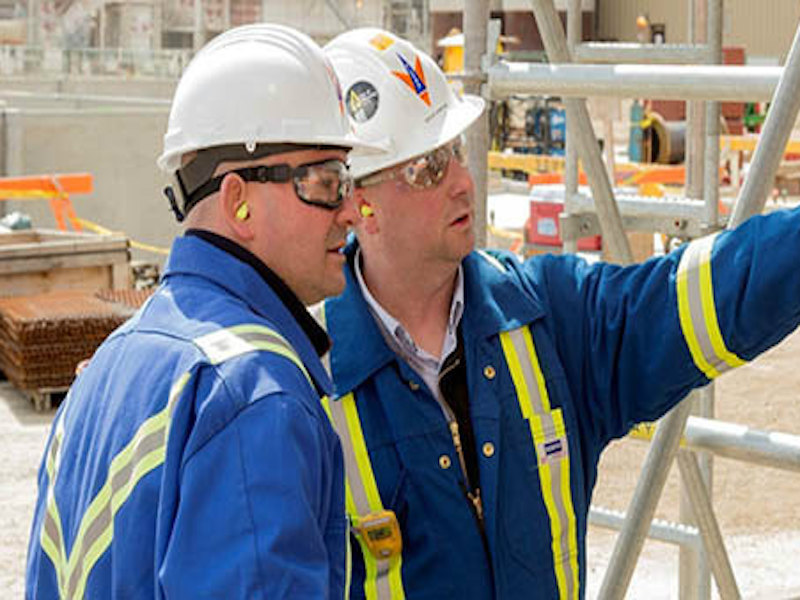

Pension funds invest in forestry, agriculture, oil and gas, but what about carbon?
Later this year, a World Carbon Fund will be launching to provide investors access to carbon in their portfolios.
The idea is premised on accessing carbon through emissions trading in the cap and trade systems, says Michael Azlen, founder and chief executive officer of London-based Carbon Cap Ltd., which is launching the fund.
“In most of the carbon markets, there’s a liquid futures and options market,” Azlen says. “So similar to equity index futures and bond index futures, there’s a liquid derivates market and that means that any individual or company or pension fund can buy and sell carbon in a variety of different markets around the world.”
That said, this comes with complexities, so trading isn’t as easily accessible as with many other futures, he adds.
The four main carbon markets the World Carbon Fund will look to invest in will trade in excess of $150 billion this year, he says. “It’s not huge, but it’s certainly big and liquid enough to support an investor base.”
Azlen has worked with a PhD student from the London School of Economics to collect data on the historical prices of carbon going back 14 years. “When you look at the data, carbon is quite attractive as an asset class,” he says. “It’s completely uncorrelated to equities and bonds, and it has generated quite a significant annualized return over the last 14 years, about nine per cent per year. So in excess of the MSCI World index as a comparable asset class.”
While Azlen says looking at the past is important, he’s also optimistic about the future.
Through the Paris Agreement, many countries have agreed to limit a global temperature increase to below two degrees above pre-industrial levels, which means the world can only emit a certain amount of carbon dioxide.
Experts have estimated how high the carbon price would have to go for people to stop burning fossil fuels and switch to clean alternatives, says Azlen. A report by the high-level commission on carbon prices, supported by the World Bank Group, found that, in a supportive policy environment, the explicit carbon-price level consistent with the Paris Agreement’s temperature target would be at least US$40 to $80 per tonne of carbon dioxide by 2020 and US$50 to $100 by 2030.
If the carbon price reaches US$60 to $100 compared to today’s price, which is US$23 per tonne, this would translate to an eight to 13 per cent annualized return over the next decade, notes Azlen.
The World Carbon Fund is designed to be an impact fund because it will accumulate carbon allowances, so these can’t be used by emitters, says Azlen. As well, the fund manager has committed that 25 per cent of performance-related fees will go towards buying carbon allowances and cancelling them or investing capital in de-carbonization strategies. “By doing that, the fund itself, directly, is a climate change impact vehicle.”
When considering the fund’s place in a pension portfolio, this would most likely fit within an alternative investment bucket, he says. “If they did not have an alternative investment bucket it would then go into potentially natural resources because it is — carbon dioxide, of course, is a commodity but it’s quite a unique one.”
Pension plans aren’t expected to be the first adopters of this fund, says Azlen, who expects high-net-worth family offices and environmentally focused investors to be interested since this is a new fund and new asset class.
“Some pension funds who have a small sleeve of their capital where they can invest in early-stage funds, they would be able to invest with us. But I think for the mainstream pension funds, the investments will come in years two, three and beyond that.”
